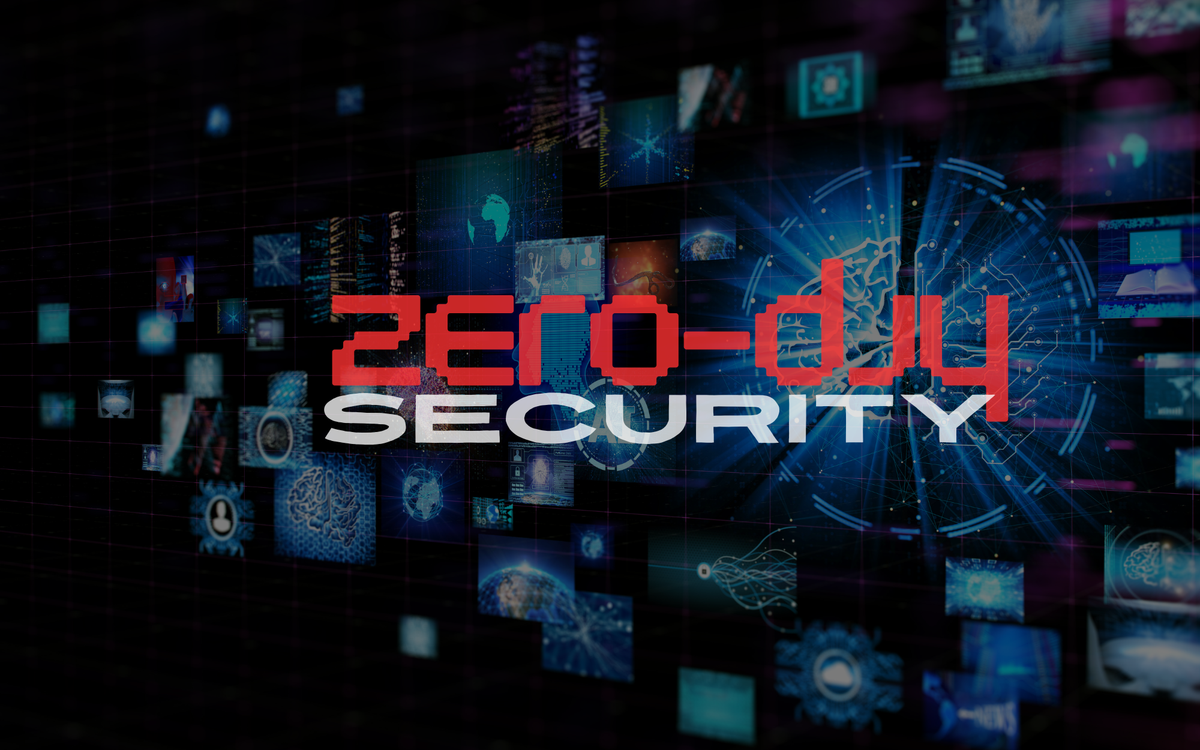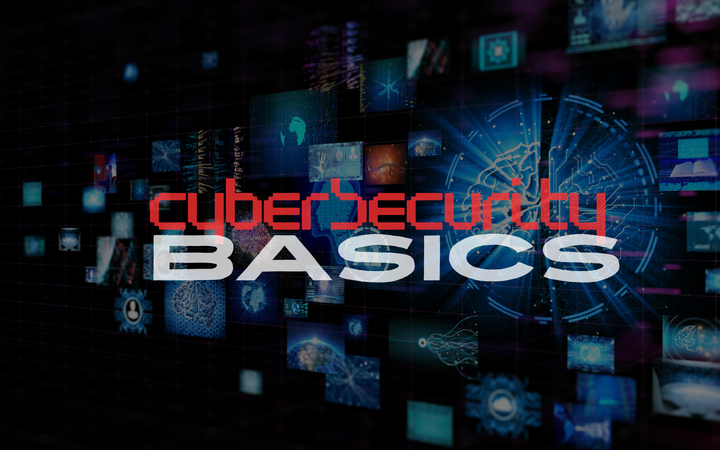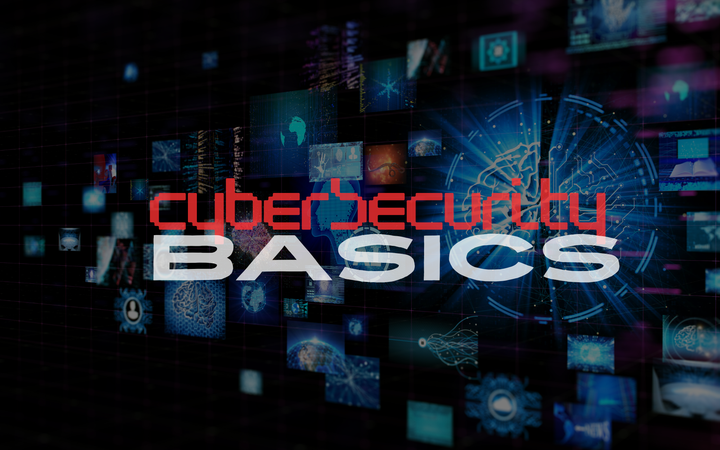The Evolving Role of Zero Trust in Modern Cybersecurity
Zero Trust is no longer a buzzword—it’s becoming the backbone of modern cybersecurity strategies. As threat actors grow more sophisticated, the “trust but verify” mindset has evolved into “never trust, always verify.”

The Evolving Role of Zero Trust in Modern Cybersecurity
The rapid growth of cloud services, remote work, and IoT devices has rendered traditional perimeter-based security models inadequate. Cybercriminals no longer need to breach your network from the outside—they can exploit compromised credentials, misconfigured APIs, or vulnerable endpoints from within.
Why Zero Trust Matters Now
Zero Trust focuses on verifying every request, regardless of its origin. Every user, device, and application is treated as potentially hostile until proven otherwise. This approach drastically reduces the attack surface and mitigates lateral movement inside networks.
Key Components of Modern Zero Trust
- Identity-Centric Security – Strong authentication and continuous monitoring of user behavior.
- Microsegmentation – Isolating workloads and applications to limit breach impact.
- Least Privilege Access – Ensuring users have only the permissions they absolutely need.
- Continuous Monitoring – Leveraging AI and analytics to detect anomalies in real-time.
Challenges in Implementation
While the benefits are clear, implementing Zero Trust can be complex. Legacy systems, integration hurdles, and organizational resistance are common roadblocks. Successful adoption requires executive support, clear policies, and incremental rollout strategies.
The Future of Zero Trust
As AI-powered threats and supply chain attacks increase, Zero Trust will become more adaptive and automated—integrating machine learning for continuous policy enforcement and real-time threat detection.
ThreatGrid Takeaways:
- Zero Trust is shifting from theory to a practical necessity for cybersecurity resilience.
- Continuous verification and least privilege are core to its success.
- AI-driven automation will define the next generation of Zero Trust models.
- Organizations must overcome legacy integration challenges to fully realize Zero Trust benefits.


